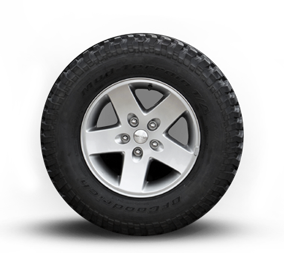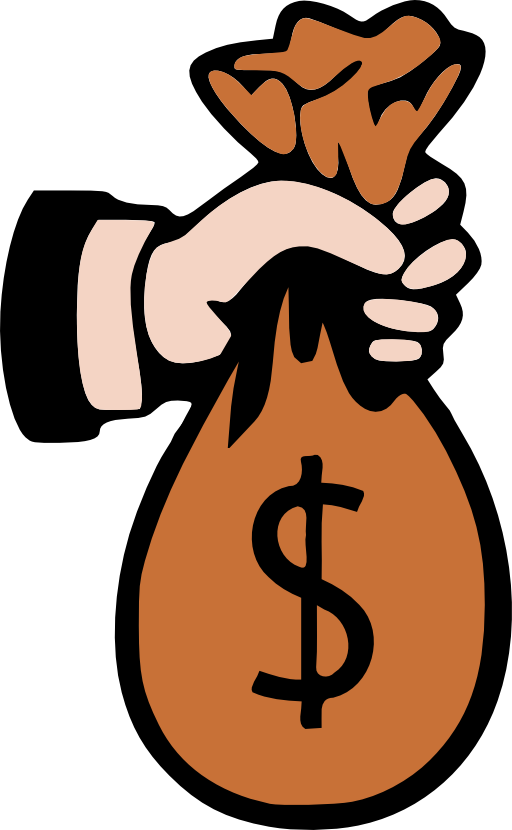
Drop-plate Dropping
.png)
Drag-blanket on a bed

Open+close-door

Pull- curtain

Rip-Paper

Throw-Throw a ball

Push+Pull-vacuum cleaner

Push-Broom

Pull-Rake

Lift-Bag

Tip-Bin

Drag-Chair


.png)











 -Lift
-Lift -Gravity
-Gravity| Plane | Distance |
| Glider | 3.50 |
| Jet | 2.20 |
| Cruiser | 6.60 |
| Round wing |
| Name | Motive | Clues |
| Lou Lou | ceramic pigs. | always barefooted |
| Dan the man | trying to save money | Baking soda |
| Jack the jock | hands were dry | |
| Peg the leg | super studious Liberian | same height as foot print ,Teeth chipped |
 The bones of the feet can tell a lot about a person. What do feet reveal about a person's height? Forensic anthropologists team up with law enforcers to help solve crimes.
The bones of the feet can tell a lot about a person. What do feet reveal about a person's height? Forensic anthropologists team up with law enforcers to help solve crimes.| Name | Height | Foot Size |
| Summer | 147 | 21 cm |
| Aroha | 150 | 20 cm |
| Sahana | 151 | 22 cm |
| Alesha | 161 | 24 cm |
| Kayla | 141 | 20 cm |